
The USDA Hardiness Zones map the United States based on average annual minimum winter temperatures. They range from Zone 1 (coldest) to Zone 13 (warmest). Knowing your zone helps you select plants that can survive your winter temperatures. While winter hardiness is important, remember that summer heat, humidity, soil type, and drainage also affect plant success. See what Rescape AI can do—and how it can generate yard design images here based on your style—Sign Up Here or learn more about Hardiness Zones by reading on.
Here’s a quick reference for the zones we’ll focus on:
With this context, let’s explore plant recommendations for each zone, emphasizing what thrives in your climate rather than focusing solely on cold tolerance.
Zone 6 experiences cold winters, so plants need to withstand frost but can also handle a moderately long growing season.



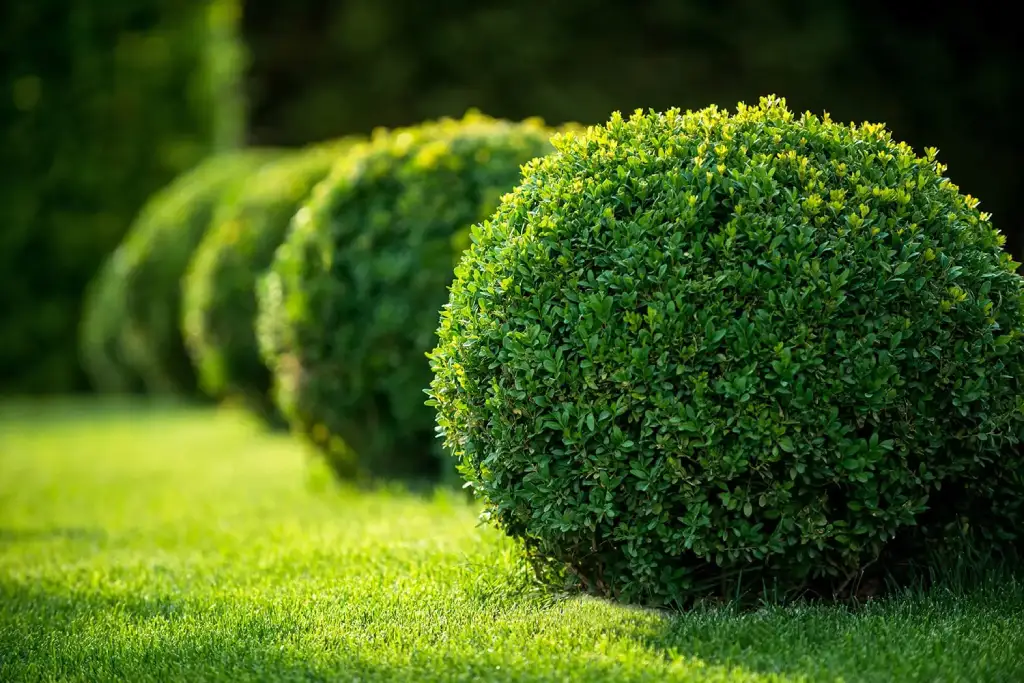
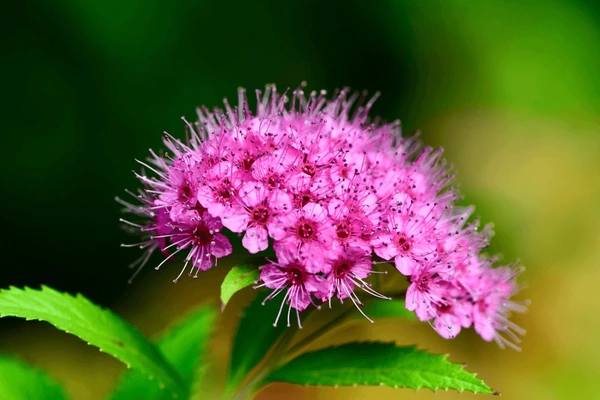
Tip: Plant in spring or fall for best root establishment. Use mulch for winter protection and combine shrubs, perennials, and evergreens for multi-season interest.
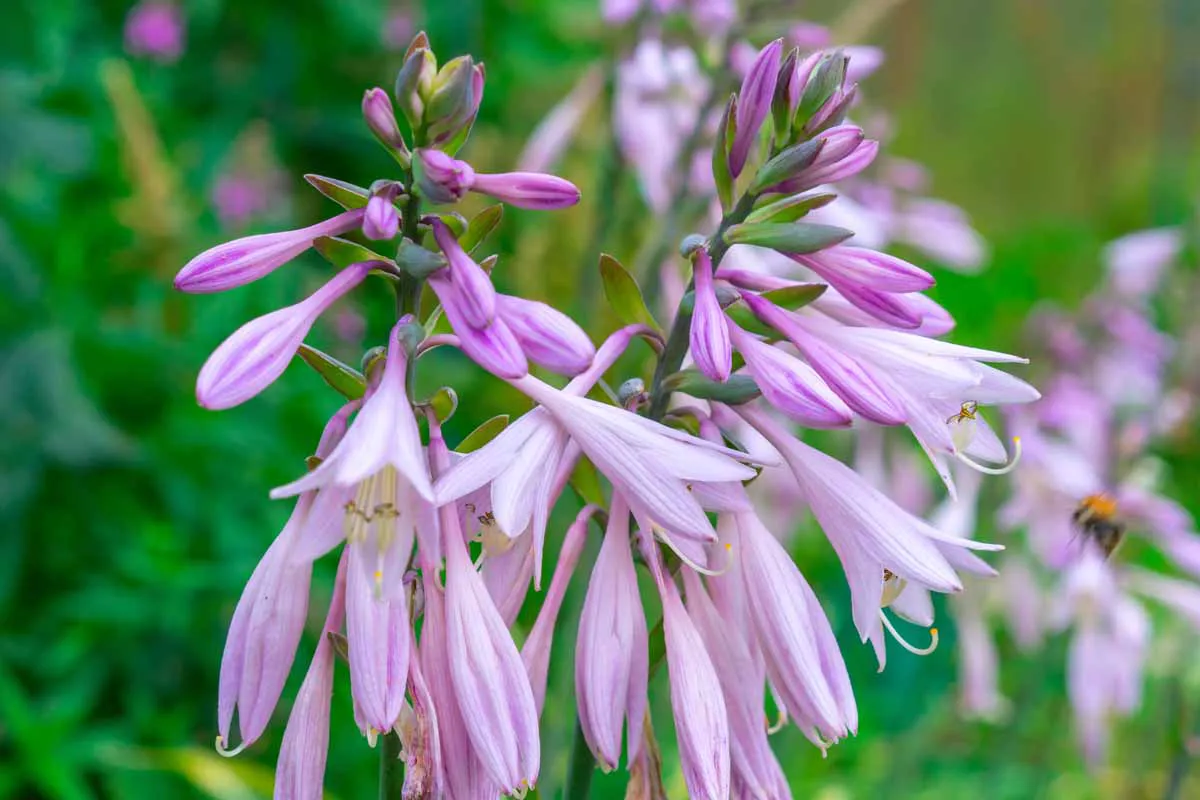
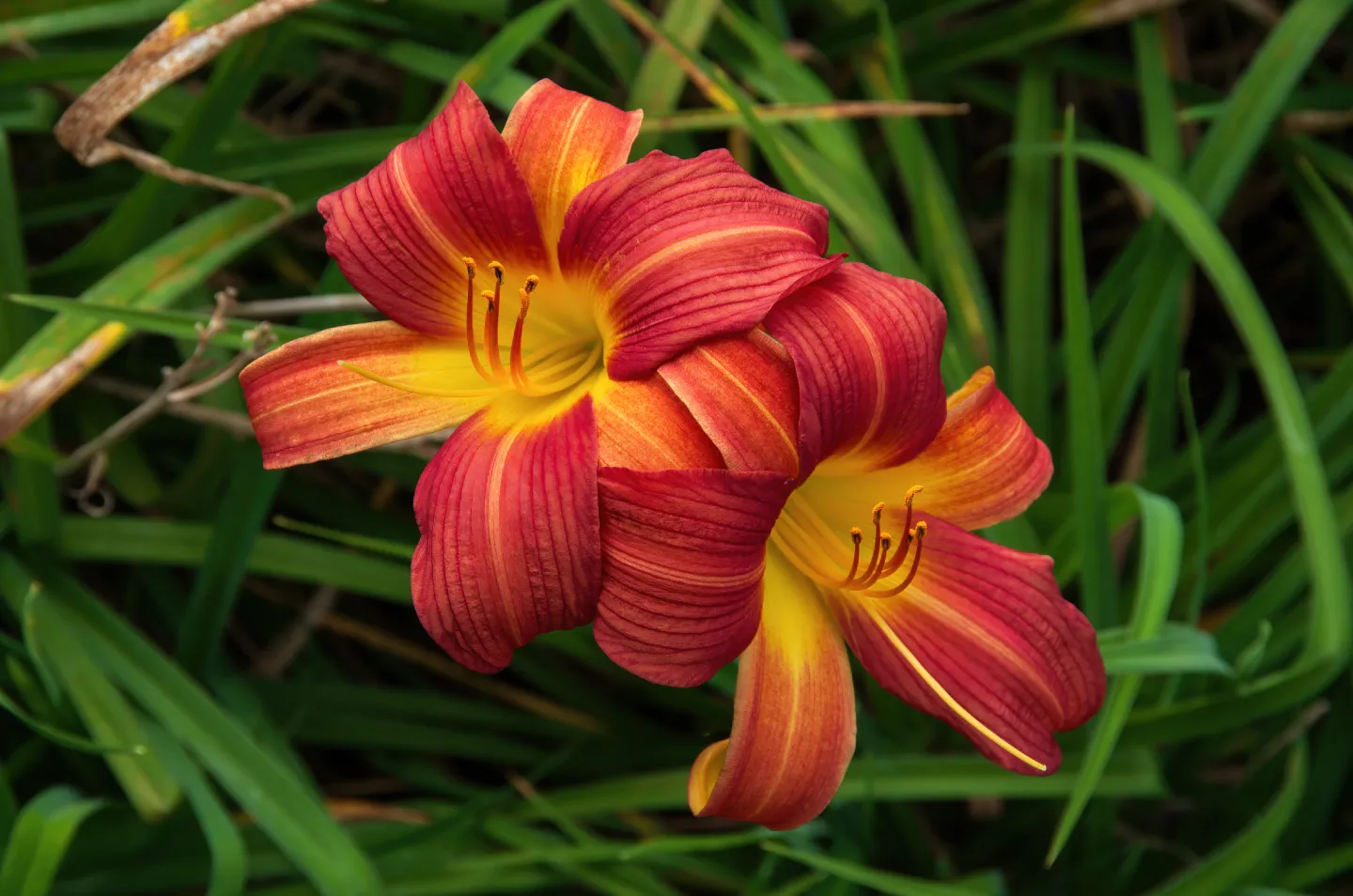
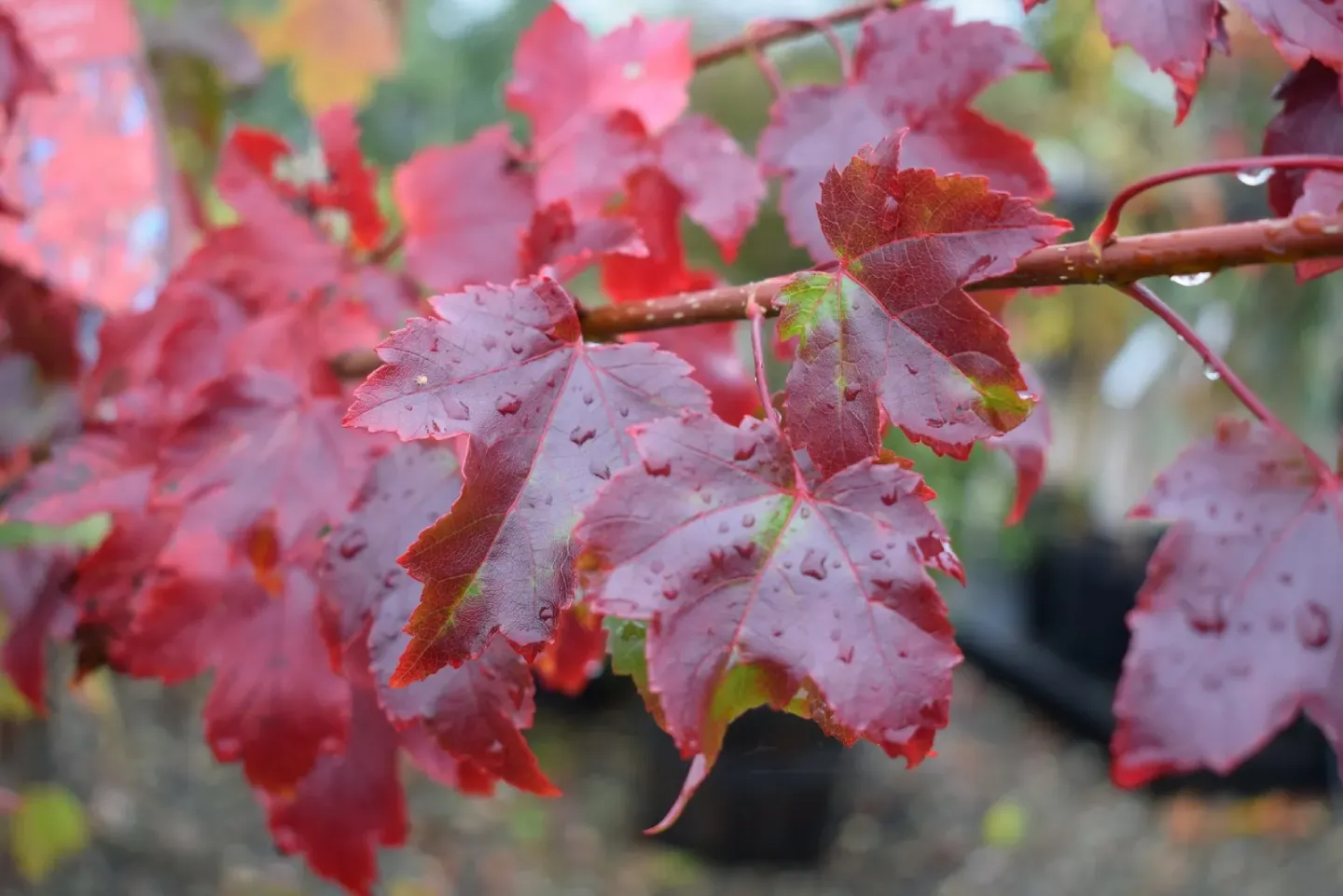
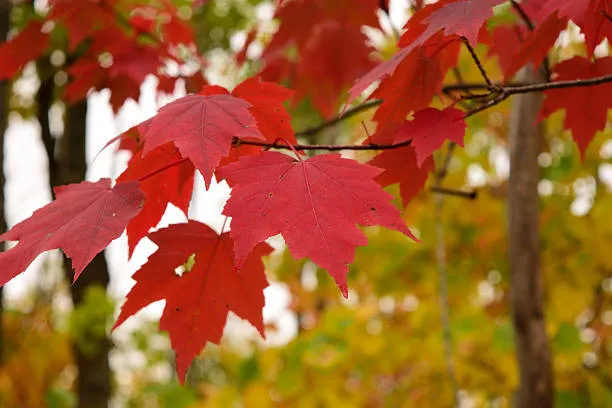
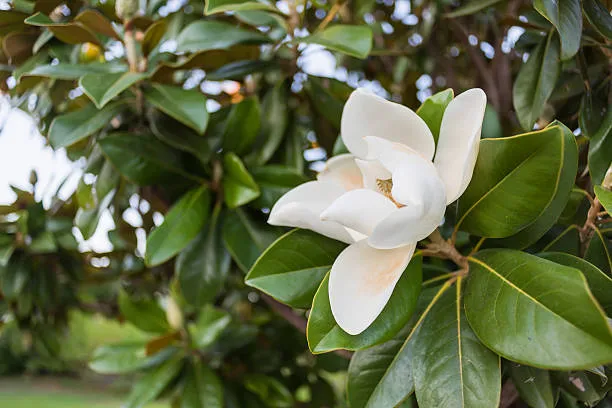

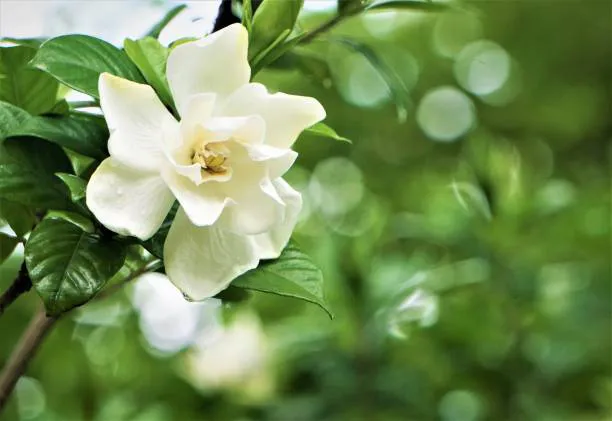
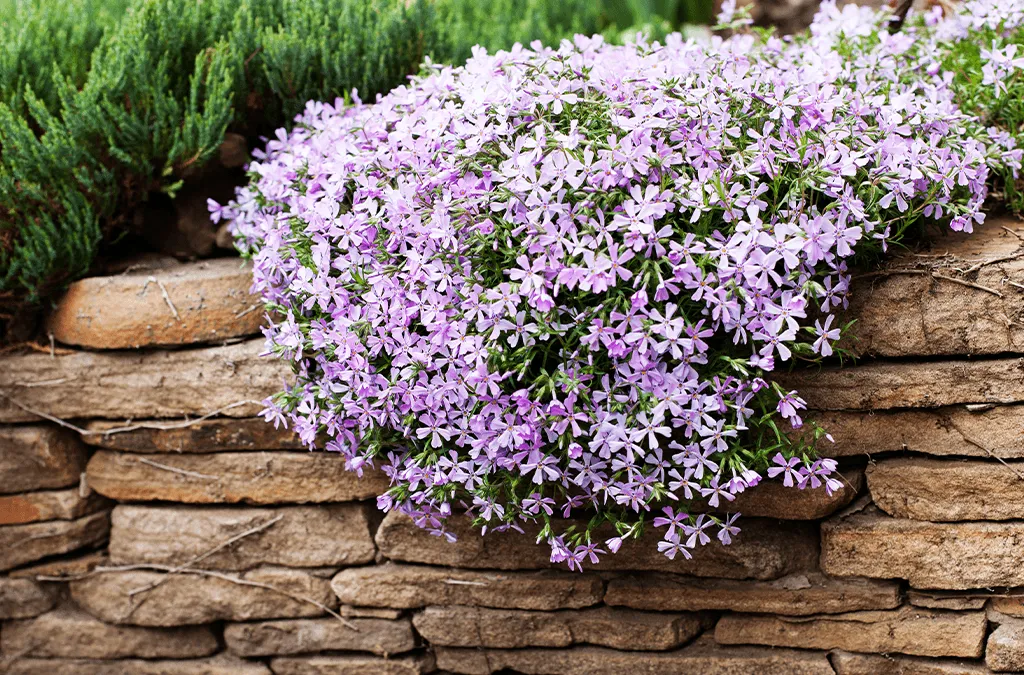
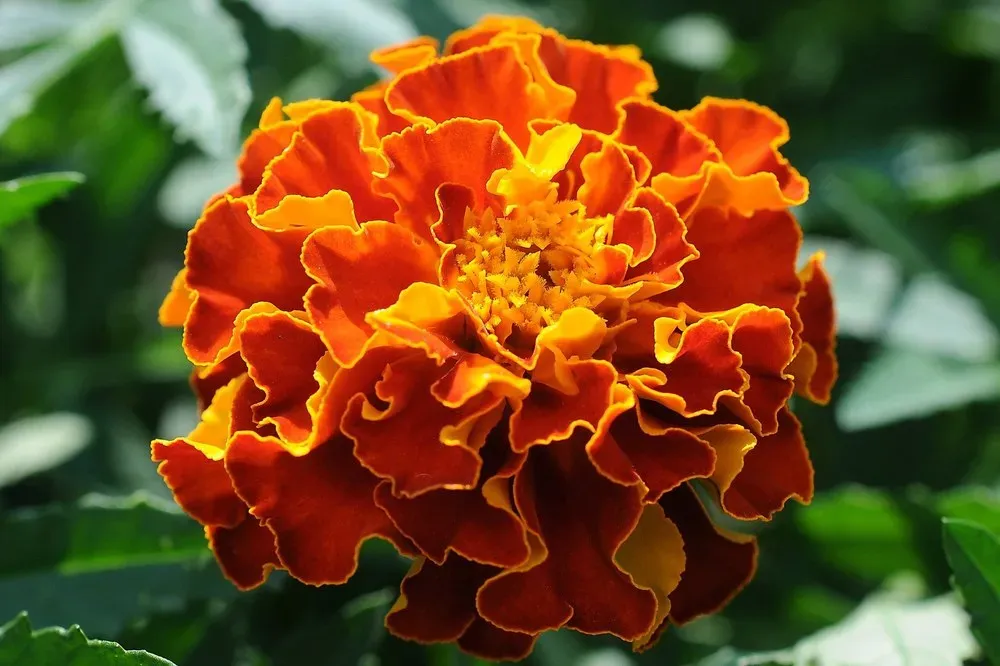
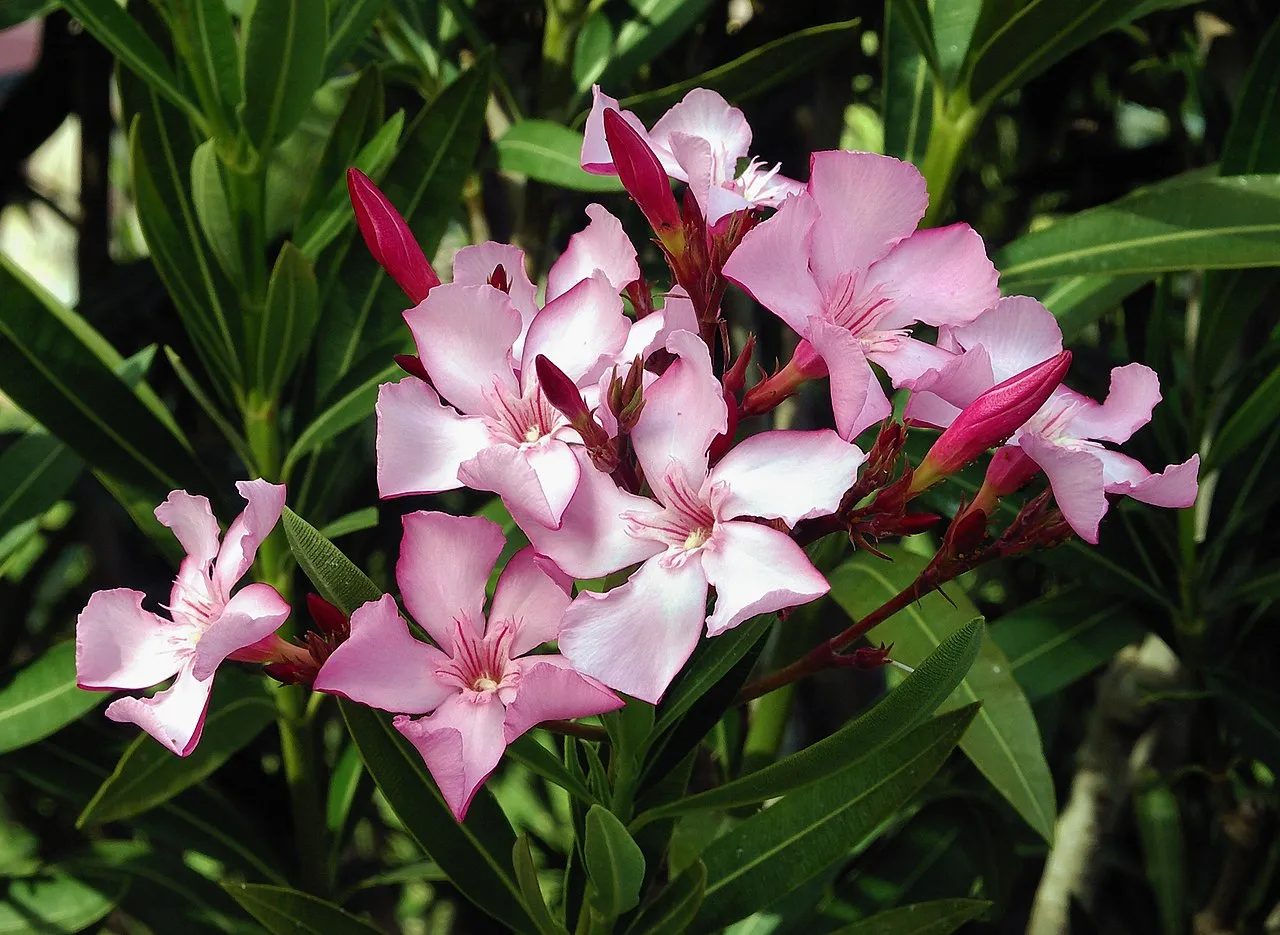
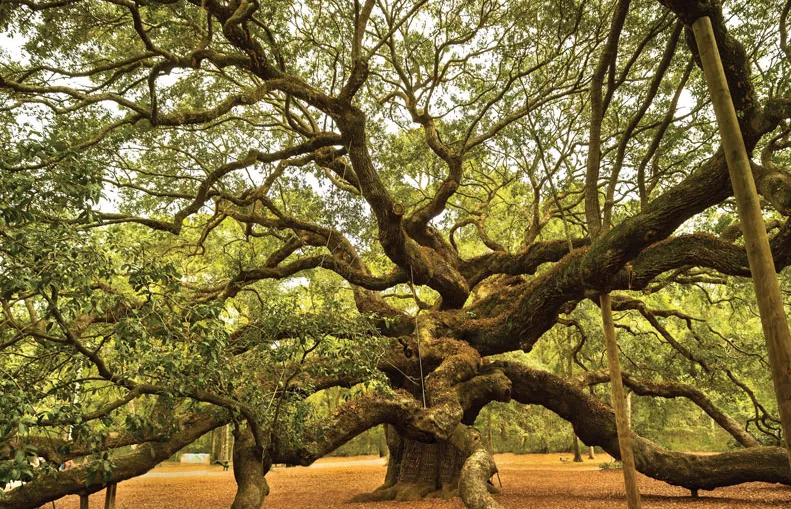
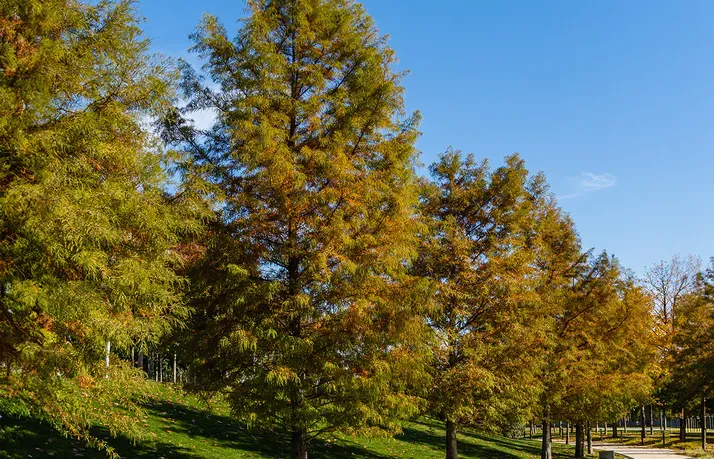
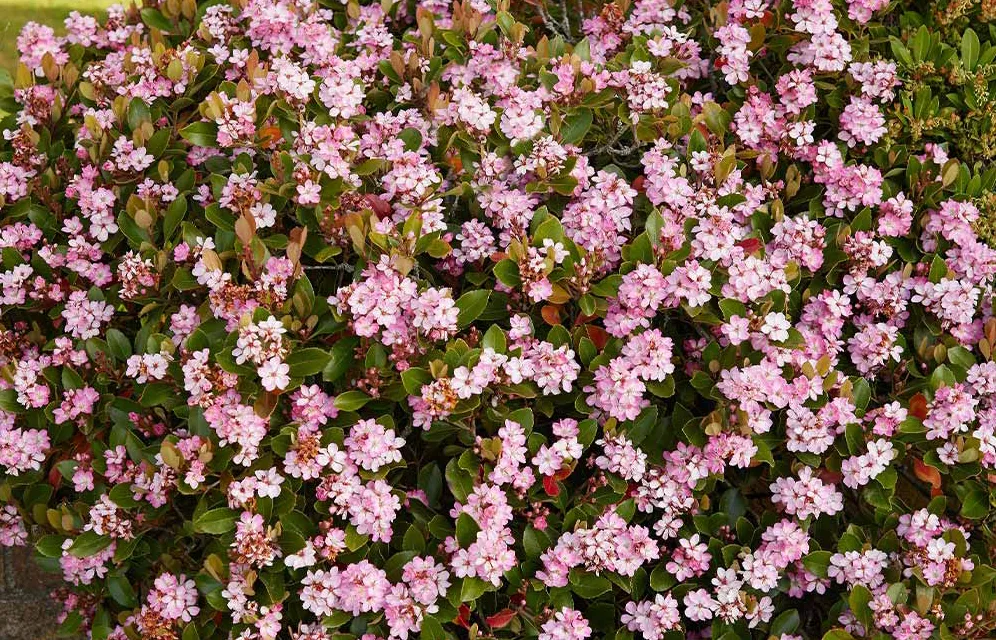
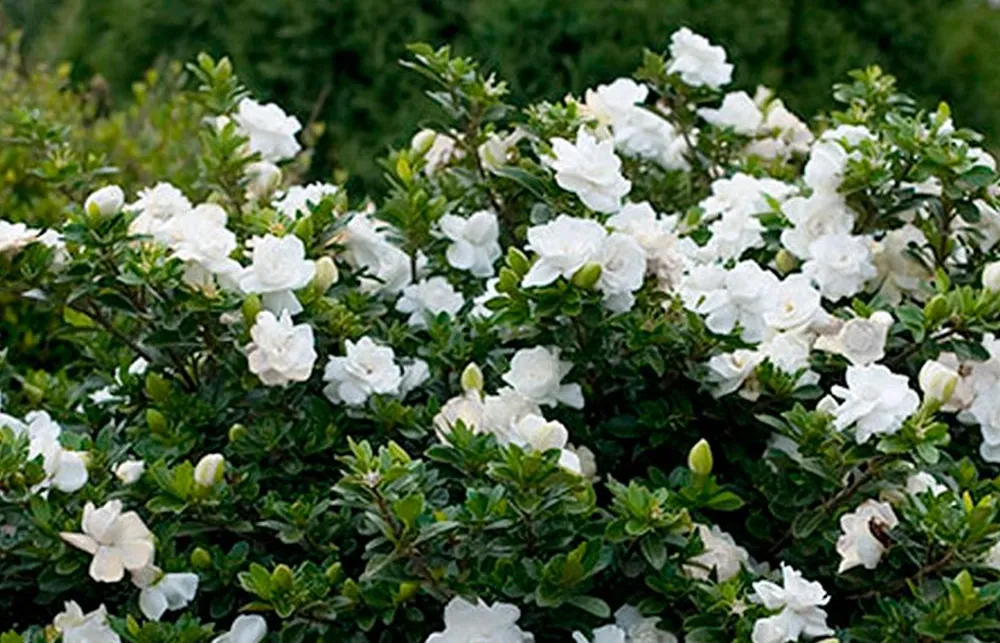
Tip: Use mulch to protect soil moisture during long summers, and plant in areas with some shade if afternoon sun is intense. Containers allow you to move tender species during extreme heat.
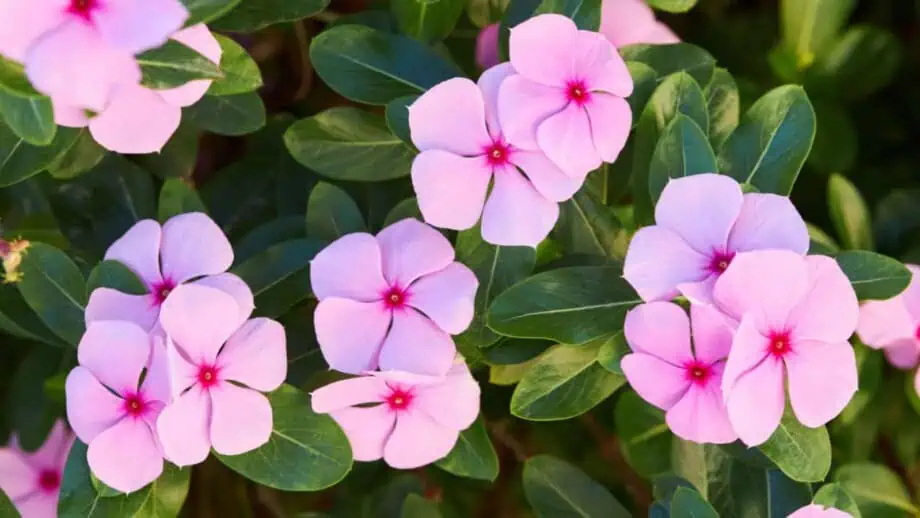
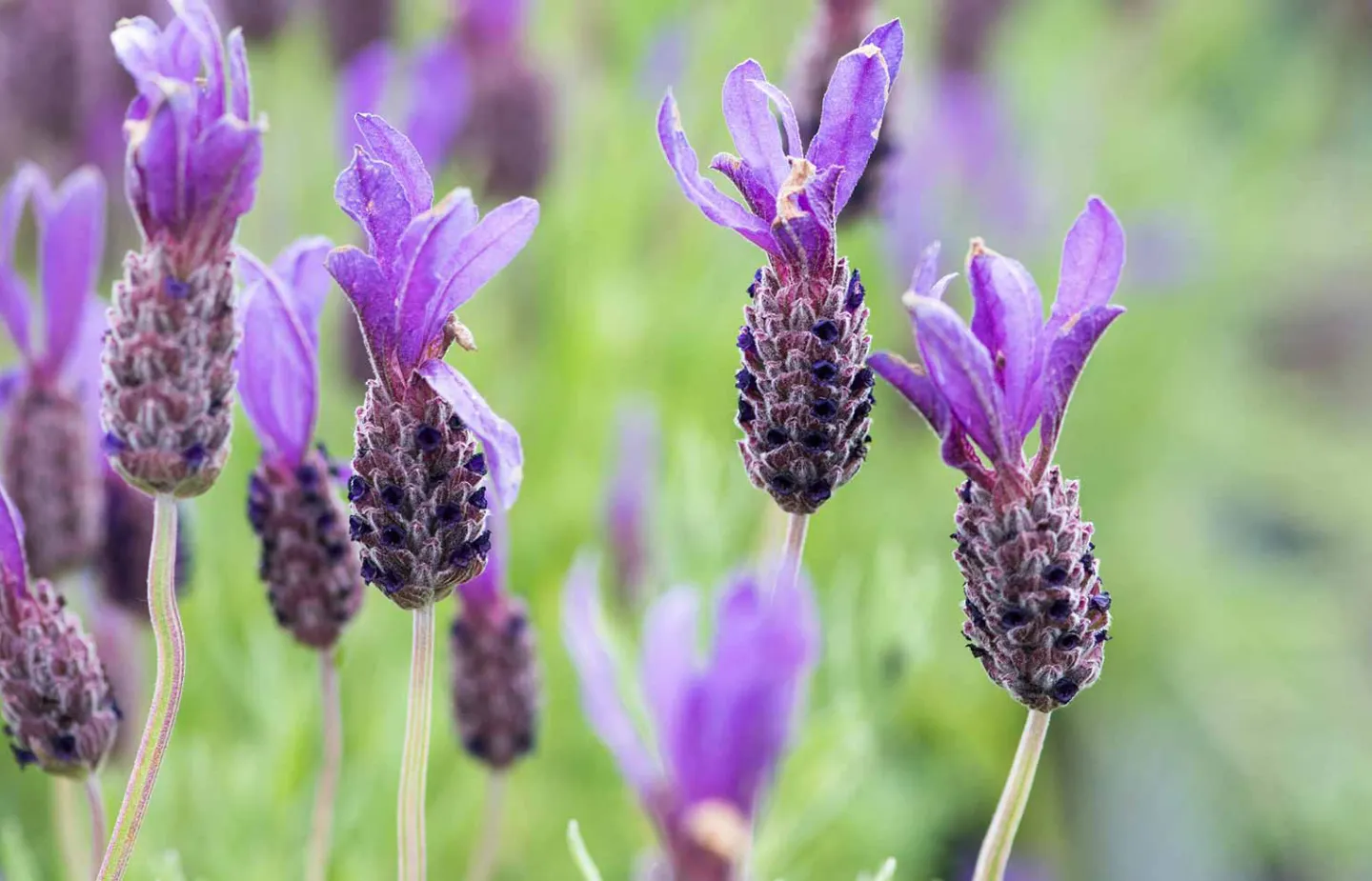
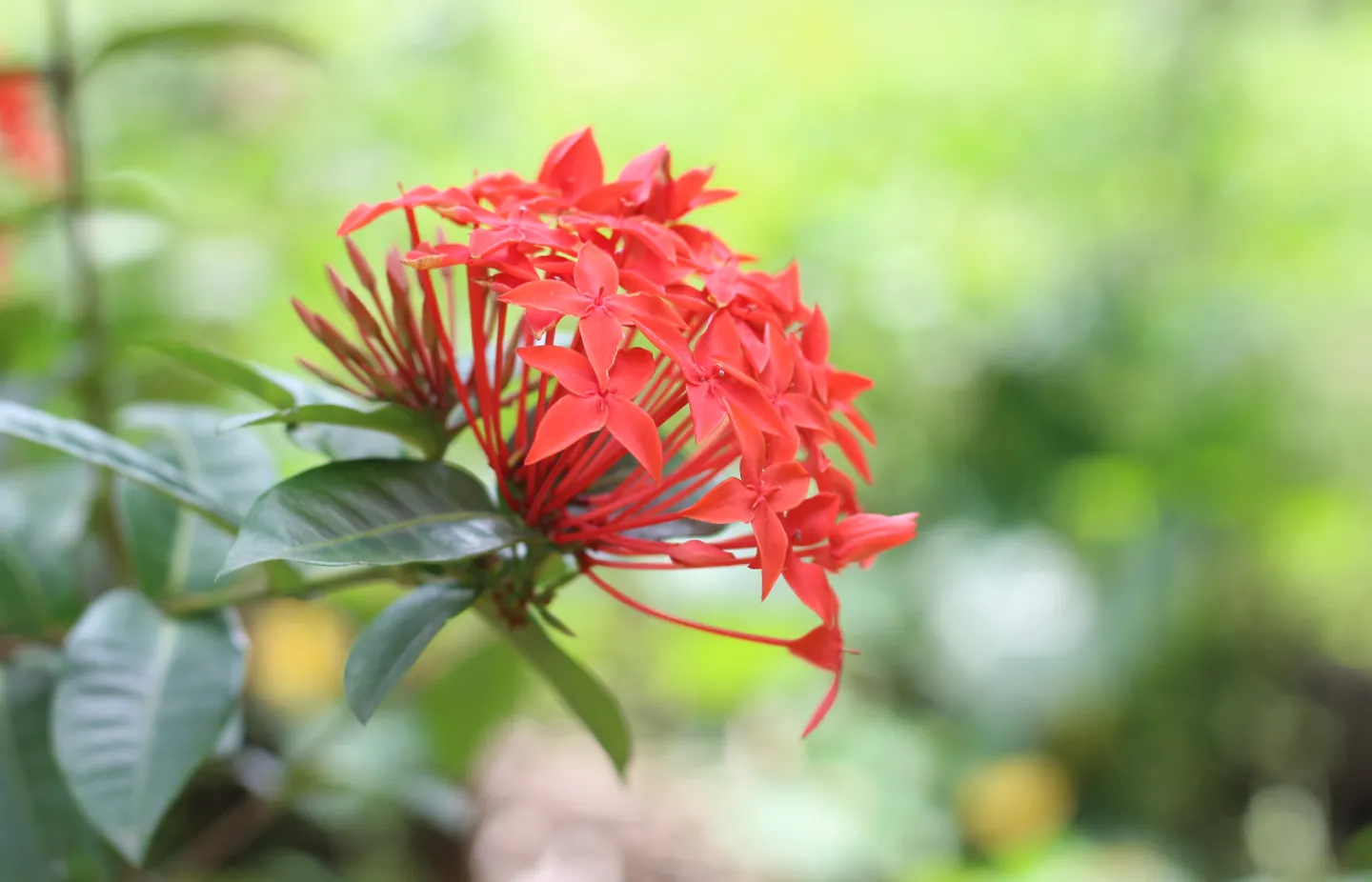
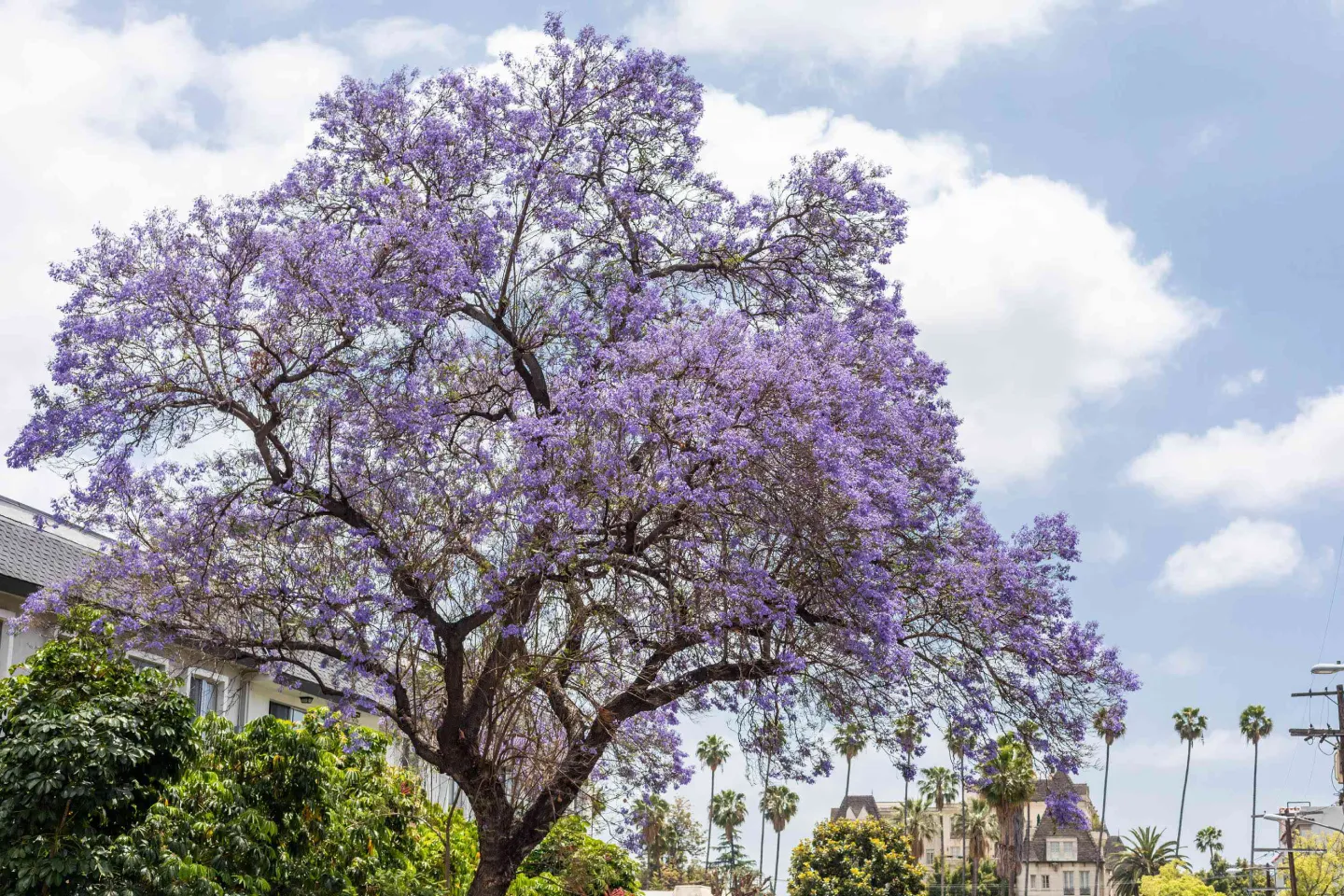

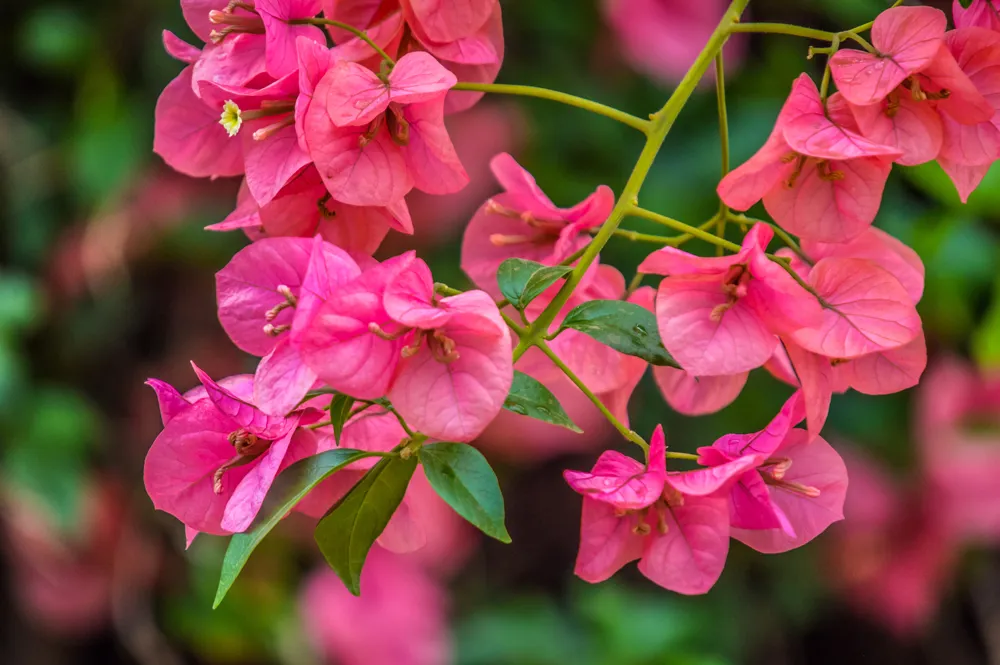
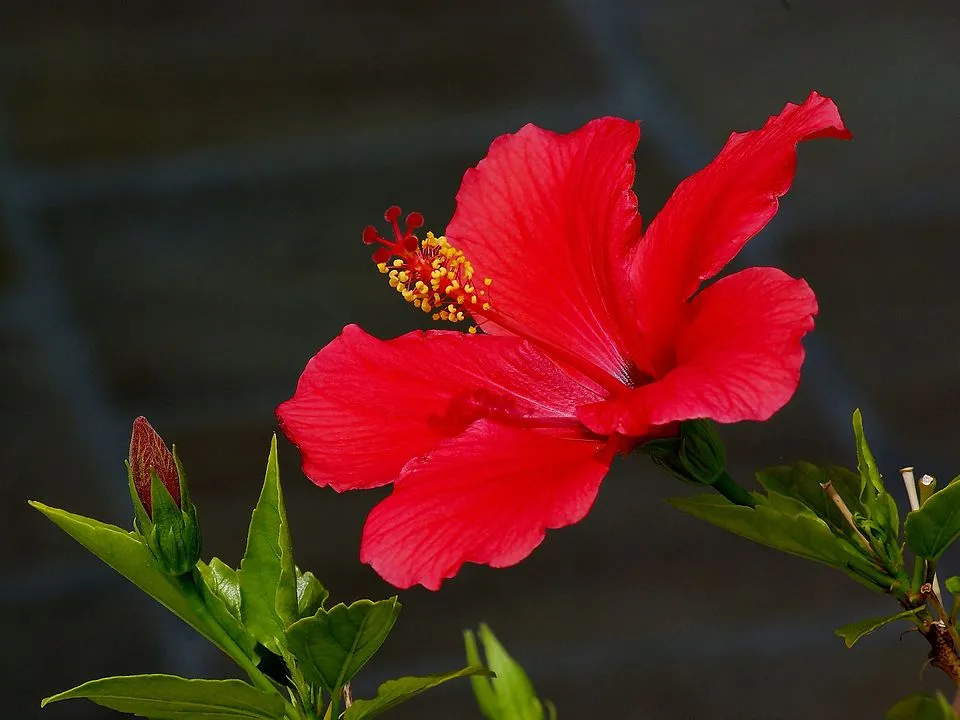
Tip: Even in warm climates, consider irrigation and mulching to prevent summer stress. Position plants for wind protection and good airflow to avoid fungal issues.
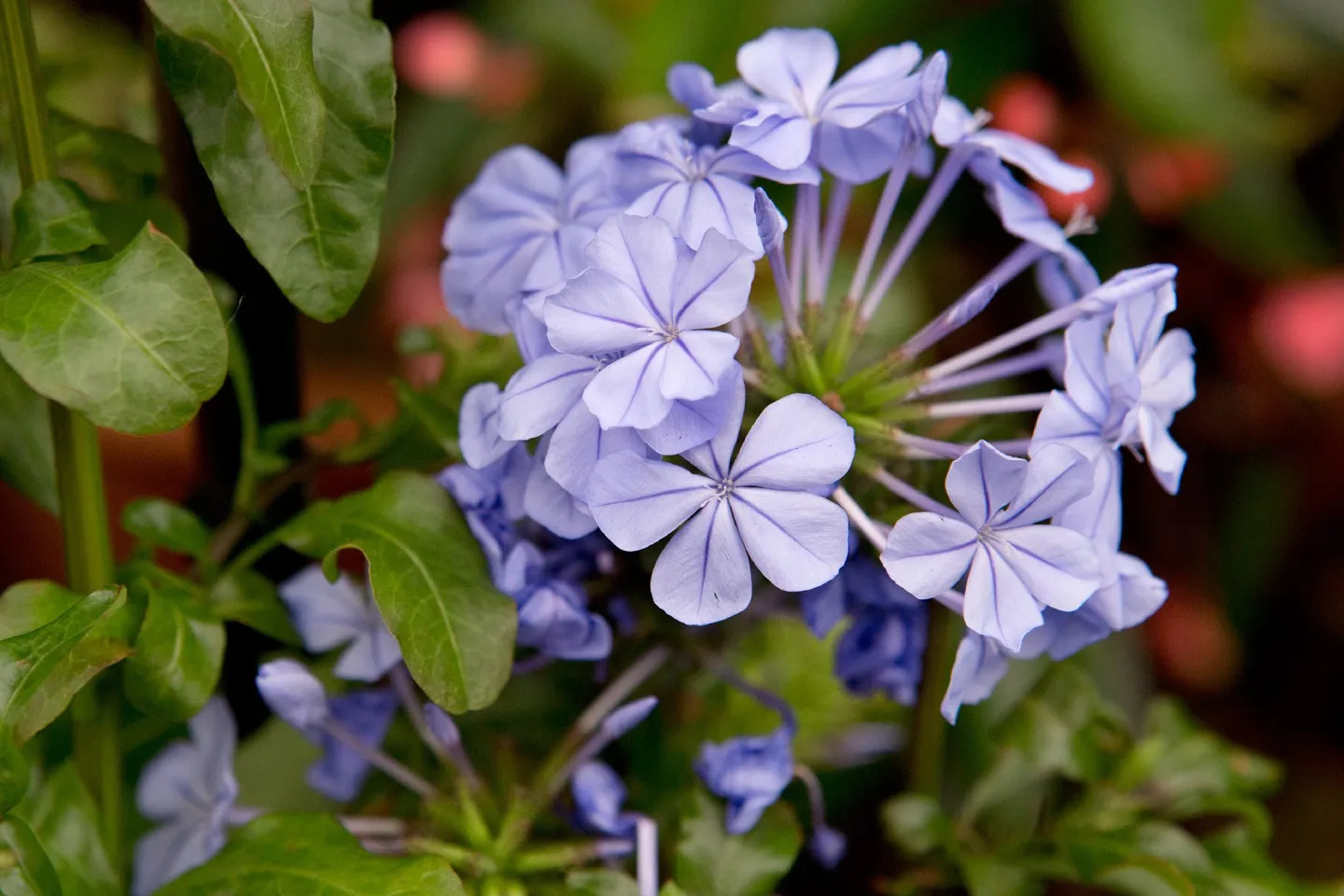
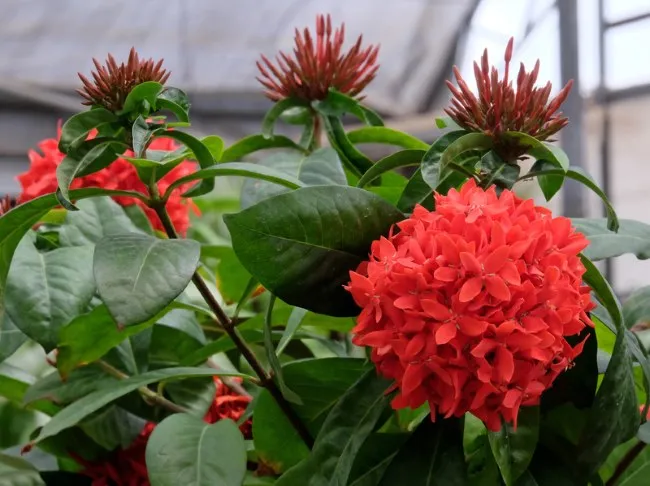
Choosing plants based on zone-specific recommendations helps ensure your garden thrives. While knowing your hardiness zone is important, it’s equally essential to consider sun exposure, soil, moisture, and summer heat.
By combining these plant recommendations with proper site preparation, mulching, and watering, your garden can flourish in any U.S. climate.
© Rescapeai 2024
[email protected]